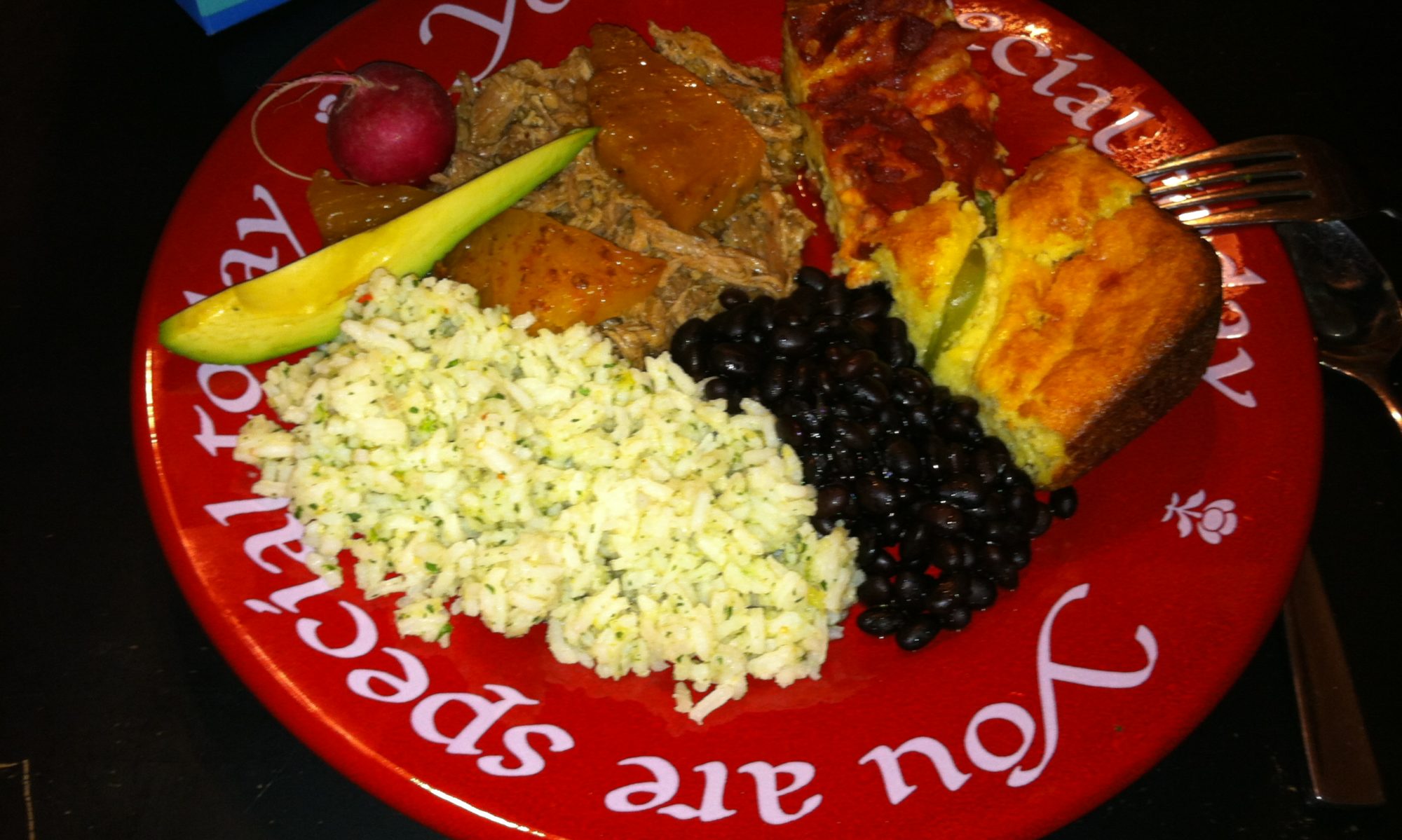Everyone wants to tell you what to do.
Vote for my candidate. Buy my product. Subscribe to my blog. There’s no shortage of advice on what you should do.
But knowing what to do is only part of the equation. Understanding why you should do it is the real question.

Agency — the ability to make choices — is life’s greatest freedom. But though we are free to choose our actions, we are not free to choose the consequences of those actions. Choose well and you reap happy consequences. Choose unwisely and your decision will haunt you, perhaps forever.
If you want to influence other people, do not tell them what to do. Rather, help them understand why they should follow your advice.
In my role as a lawyer, my job is not limited to advising my clients about their legal options but also includes helping them recognize the long-term consequences of those options. They need to appreciate how the law interacts with their business so that they can make sound decisions going forward. And they are more likely to “buy in” to my trial strategy when they understand how that strategy will play out.
As a teacher, my job is to help students make sense of the law so that they can give sound legal advice to their future clients. Making sense of the law involves more than discussing the topic of the day. It includes explaining the rules of court, providing insight into how judges think, and applying ethical principles to real-life situations. Students who understand the law in its proper context become lawyers who confidently help clients navigate through turbulent legal waters.
And in my most important area of influence, my critical (and never-ending) job is to teach my children how to have happy and successful lives. I must not only teach them what they must do while they are living in my home, but also help them understand why they should choose to follow those principles when I no longer oversee their lives. My job is to teach them the “why” of life so they will want to make good choices for themselves.
You may be able to use your position of authority to compel someone to do what you want them to do, but compulsion is short-lived. If you want to truly influence another person, teach them why they should do what you want them to do. And then let them choose.
When they understand the why behind a decision, knowing what to do becomes a much easier choice.











